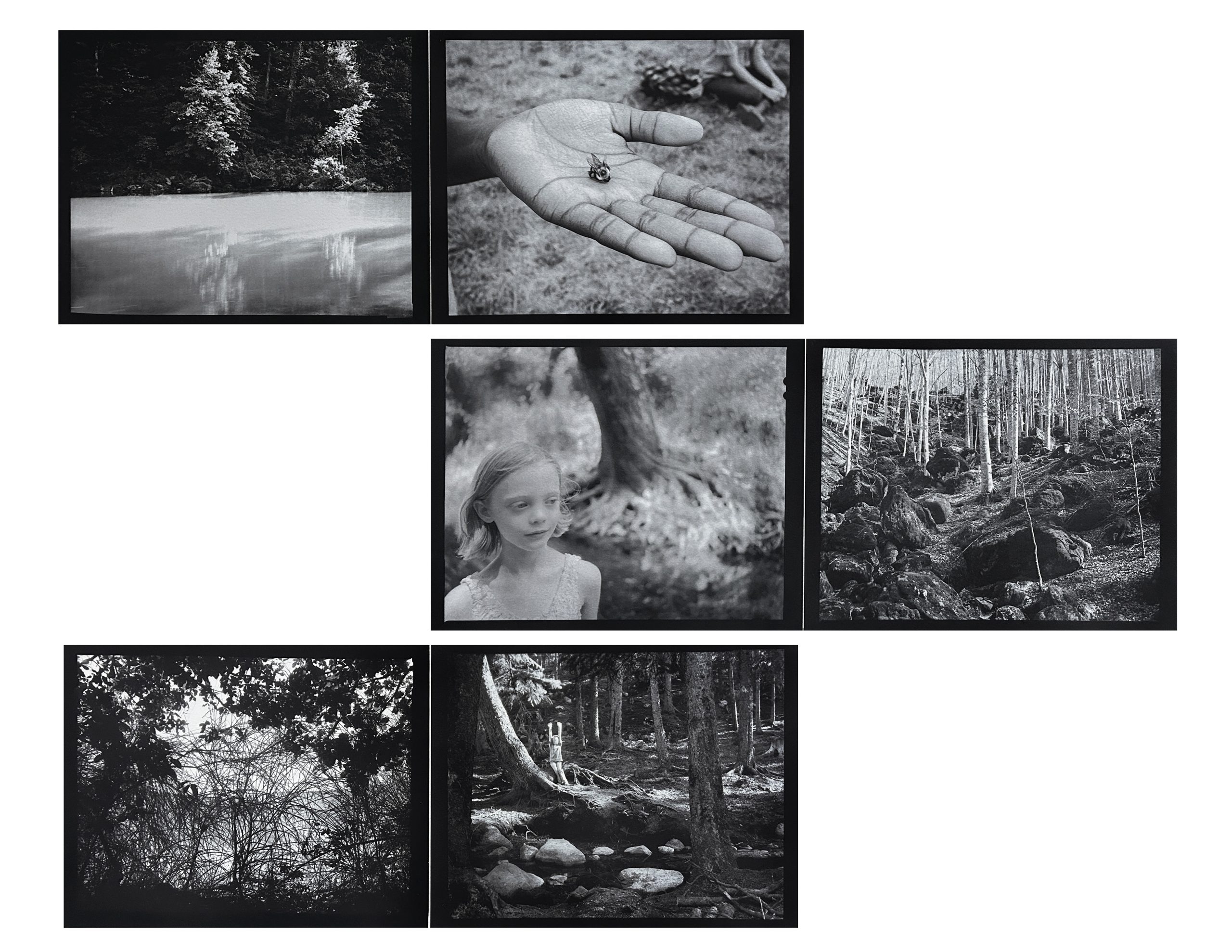After All
Many millennia after forests learned how, humans are discovering that trees have complex vascular, mycorrhizal, fungal, electrical, and pheromonal ways of networking and relying on one another for species survival. They are communal, familial, and have symbiotic relationships with a diverse range of organisms in the forest floor and with one another. Trees share nutrients, light, threat signals, adaptive responses, and become stronger through community than when thinned or separated. Undamaged forests live in interconnected cooperation, not in competition as once we thought. They’ve evolved to share resources, to continuously adapt and nurture.
Humans have learned very little from forests and have learned it so late. In our nature, however, as often embodied by the youngest of our species, are impulses of empathy, connection, resiliency, and hope. The symbiosis urgently required to sustain our habitat and one another may rely on these innate potentials of humans, forests, and an awareness of our entanglement with all species.
Handmade artist books available in limited editions. Large format negatives developed in caffenol or x-tol. Prints and books are hand-coated on cotton papers, using low-waste methods of palladium printing.





















































